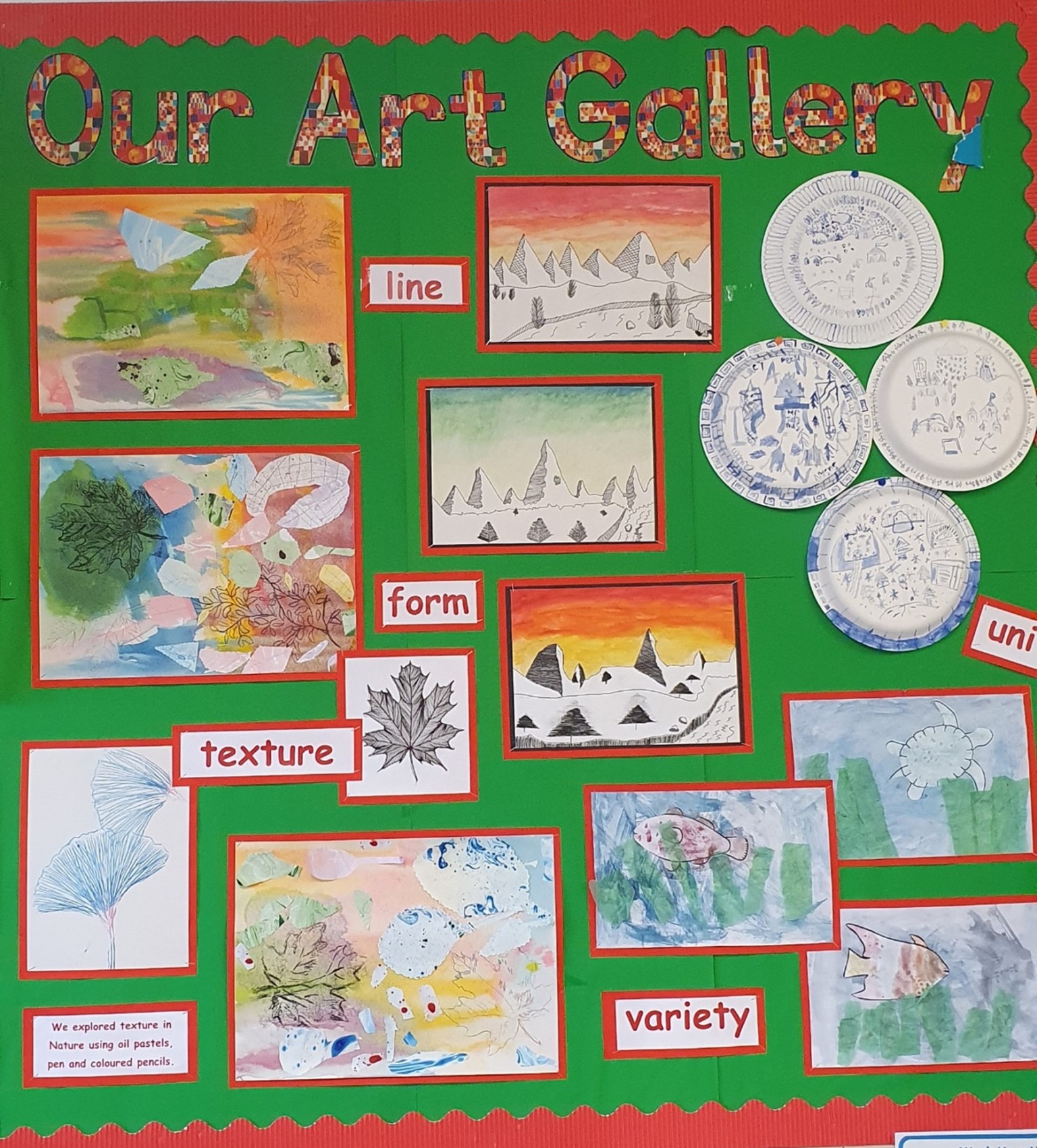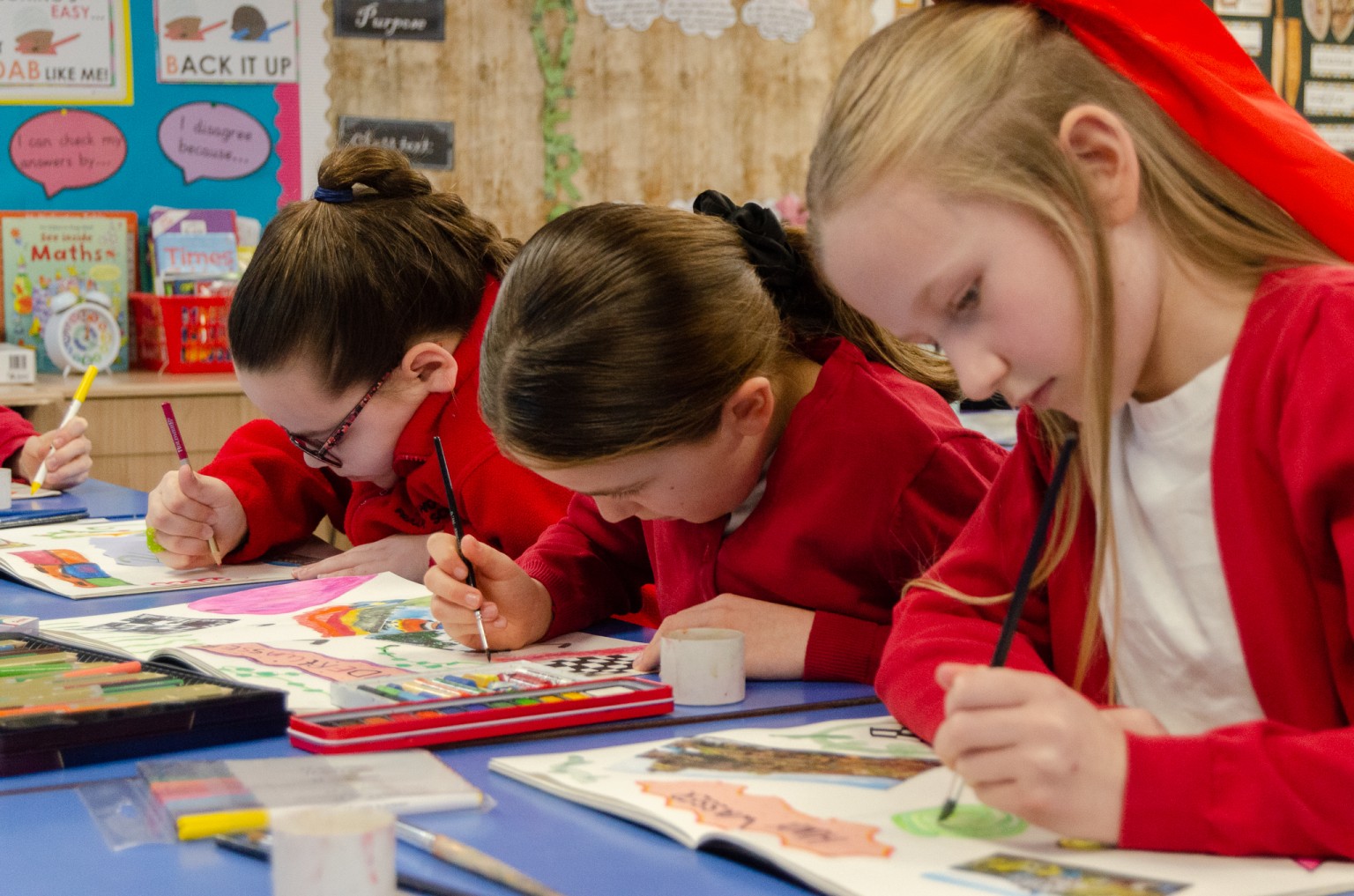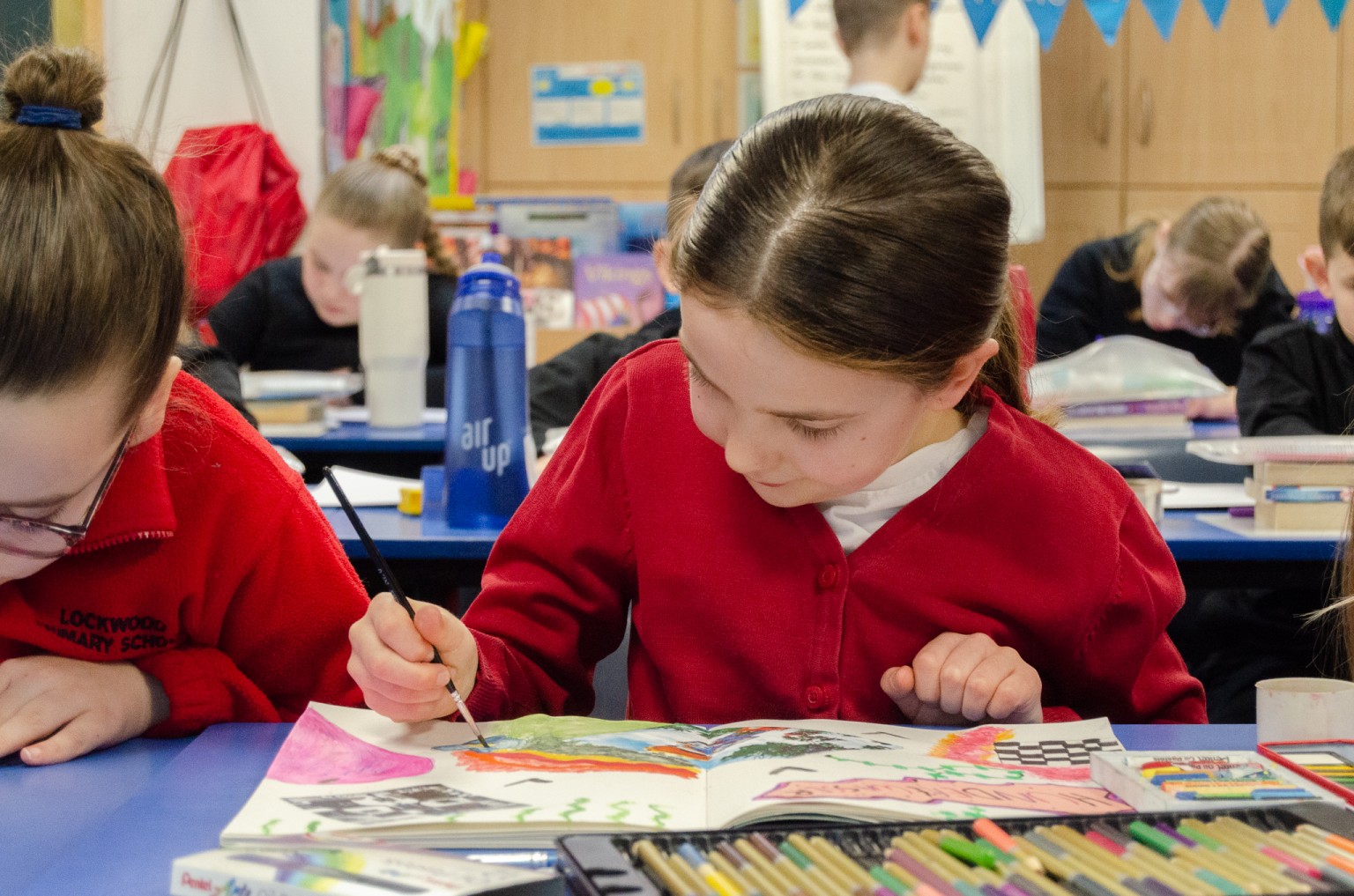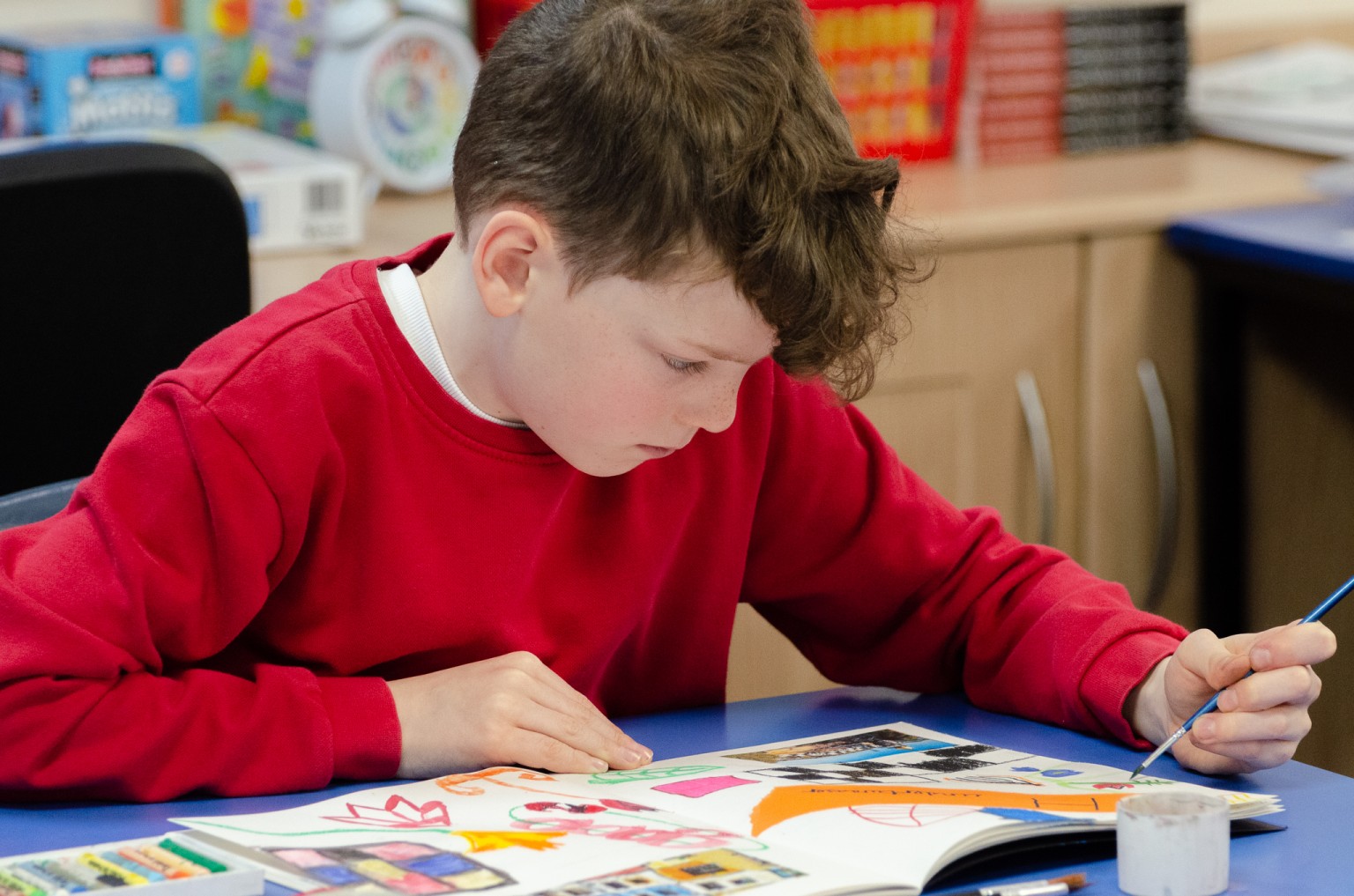Welcome to our Art and Design Page.
Art and Design embodies some of the highest forms of human creativity. At Lockwood, we believe that high-quality Art and Design education should engage, inspire and challenge pupils, equipping them with the knowledge and skills to experiment, invent and create their own works of art, craft and design. As pupils progress, we want our children to be able to think critically and develop a more rigorous understanding of Art and Design. We want our children to know how Art and Design both reflect and shape our history, and contribute to the culture, creativity and wealth of our nation.
At Lockwood, we believe that Art and Design is a vital part of children’s education and has a significant and valuable role in the taught curriculum, as well as the enrichment opportunities we offer our pupils. Our curriculum develops children’s critical abilities and understanding of their own and others’ cultural heritages through the study of a diverse range of artists. At our school, we intend that children should both enjoy Art and Design and develop their skills to such an extent that they can make use of art effectively in their everyday lives and potentially go on to have careers linked to the subject.
How we teach Art and Design
At Lockwood, our children are taught Art and Design in a way that ensures progression of skills and follows a sequence to build on previous learning through a spiral curriculum. Our children gain experience of and develop skills in a wide range of formal elements of art, enabling them to use art and design across a range of subjects to be creative and solve problems. We esnsure that learning builds upon and revisits key substantiative and disciplinary knowledge and experiences within and between each year group. By teaching children the practical and theoretical knowledge that they need in order to produce and discuss artwork, over time, they are able to develop their knowledge of ‘art’ as a discipline. We believe that every child should see themselves as a confident artist. As such, we aim for our children to be able to discern, respond and appreciate art in a range of forms – and have the confidence and knowledge in order to create their own pieces in response to a range of stimuli.
Children will develop their understanding of the visual language of Art as well as understanding of the formal elements of Art and Design: line, tone, texture, colour, pattern, shape and 3D form. Our Art & Design Curriculum is divided into four core areas:
- Drawing
- Painting and Mixed Media
- Sculpture and 3D
- Craft and Design
The knowledge, skills and appreciation of art and artists, developed over time, will allow our children to:
- Understand how Art communicates/reflects a point in history, a political viewpoint or form of expression
- Become fluent in techniques and with media
- Can experiment making informed choices
- Can create authentic art – not just copying a product
Our art and Design curriculum is based upon a scheme of work produced by Kapow Primary and then adapted to meet the needs of our school and our learners.






